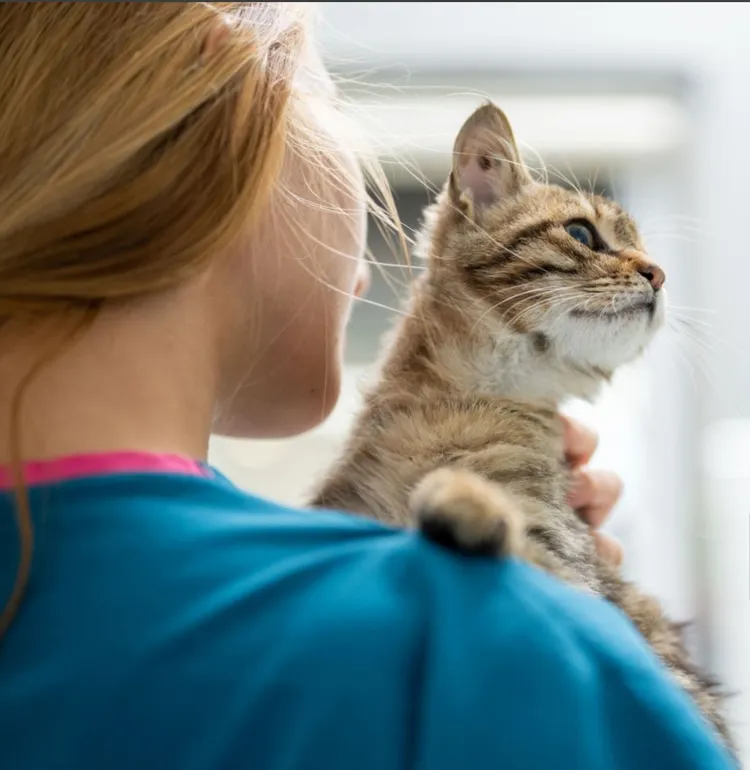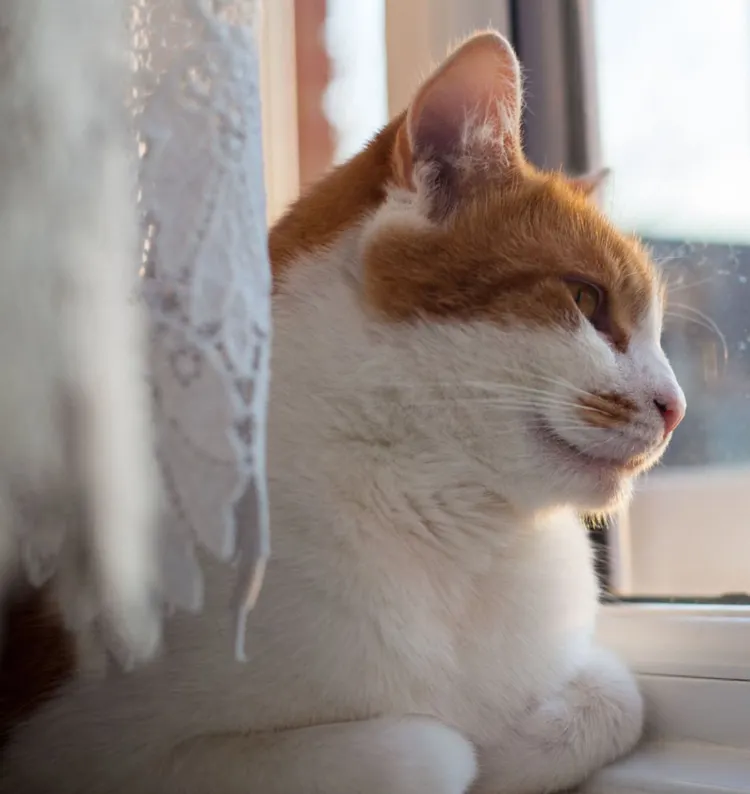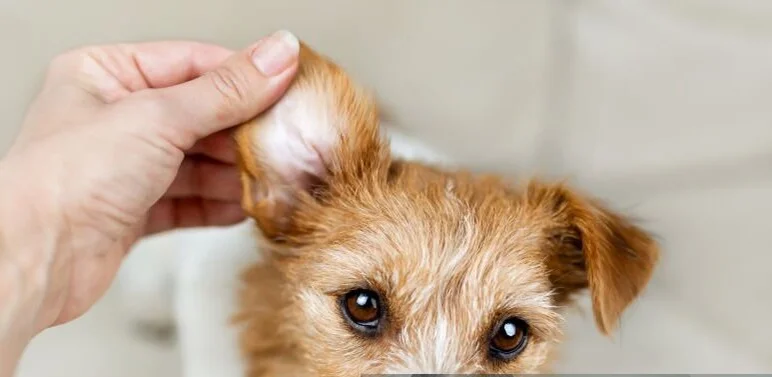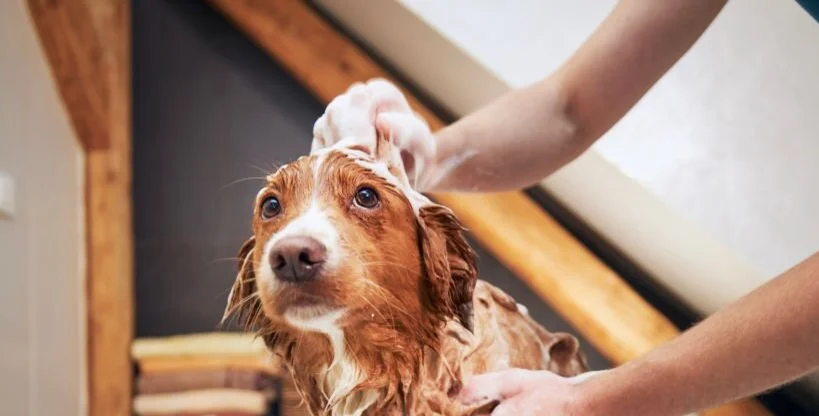If you’ve found yourself with a cat who’s in heat, you’re likely wondering whether it’s safe—or even possible—to have her spayed during this time. It’s a common question for many cat owners, especially those who may not have realized their cat was approaching sexual maturity. When a cat is in heat, the signs can be overwhelming: constant meowing, restlessness, and unusual behavior like marking territory. You may also be thinking about spaying as a way to prevent unwanted litters, but the question remains: can you safely spay a cat while she’s in heat? Let’s dive into the details to help you understand your options.
What Does It Mean for a Cat to Be in Heat?
When a cat is in heat, it means she is going through a reproductive cycle where she becomes receptive to mating. This cycle typically starts around five to six months of age, although it can vary depending on the breed and individual cat. If you’ve noticed your normally calm cat displaying strange behaviors, chances are she may be in heat.
Signs That Your Cat is in Heat:
- Excessive Vocalization: Cats in heat often meow, yowl, or cry excessively. This is a way to attract males.
- Restlessness: You may notice your cat pacing, rubbing up against furniture, or seeming more agitated than usual.
- Affectionate Behavior: Cats in heat can become unusually affectionate, rubbing their heads and bodies against their owners.
- Territorial Marking: Some cats will spray urine around the house to mark their territory and signal to males that they’re in heat.
- Posture: A female cat in heat may assume a mating position—raising her hindquarters, with the tail to the side.
These signs can last for several days to over a week, and the cycle will repeat every two to three weeks until your cat is either spayed or becomes pregnant.
Is it Safe to Spay a Cat in Heat?
The short answer is yes, it is possible to spay a cat in heat, but there are added risks and considerations that make many veterinarians recommend waiting until the heat cycle is over.

Why Spaying During Heat Can Be Risky
When a cat is in heat, her reproductive organs—particularly the uterus—become swollen and engorged with blood. This increases the complexity of the surgery and the risk of complications during the procedure. The additional blood flow can make it harder for the veterinarian to perform the surgery, leading to:
- Increased bleeding: More blood flow to the reproductive organs can result in excessive bleeding during surgery.
- Longer surgery time: A spay procedure on a cat in heat can take longer because the vet must carefully manage the swollen organs and increased blood supply.
- Higher costs: Many vets charge more for spaying a cat in heat because the procedure is more complex and time-consuming.
Despite these risks, some veterinarians are willing to perform the surgery during heat, especially if waiting could lead to complications like an unwanted pregnancy.
Veterinary Advice: Should You Wait or Proceed?
Most veterinarians recommend waiting until your cat’s heat cycle ends before scheduling a spay. The heat cycle typically lasts around a week, so unless it’s an emergency, waiting a short while can reduce the risks associated with surgery. However, if you’re concerned about your cat becoming pregnant or if she’s displaying severe behaviors related to heat, it’s still possible to proceed.
Consulting with Your Veterinarian
Before making any decisions, it’s crucial to consult with your veterinarian. They can assess your cat’s specific health needs and recommend the best course of action. In some cases, spaying a cat during heat may be necessary to prevent unwanted litters, especially if the owner has male cats in the house.
Eco-Friendly Veterinary Options
If you’re eco-conscious, consider looking for a veterinary clinic that emphasizes sustainable practices, such as using biodegradable materials or recycling surgical supplies. Some clinics are dedicated to reducing their environmental impact while providing high-quality care. This way, you can feel good about choosing an option that aligns with your values.
Pros and Cons of Spaying a Cat in Heat
When deciding whether to spay your cat during heat, it’s essential to weigh the pros and cons:
Pros:
- Prevents Pregnancy: If you have male cats or if your cat has access to the outdoors, spaying during heat can prevent an unwanted pregnancy.
- Behavioral Relief: Spaying can stop the disruptive behaviors associated with heat, such as excessive vocalization and marking.
- Population Control: Spaying, regardless of timing, helps prevent overpopulation and reduces the number of homeless cats.
Cons:
- Higher Risk of Complications: As mentioned earlier, the surgery carries a higher risk of bleeding and takes longer to perform during heat.
- Post-Surgical Recovery: A cat spayed in heat may have a more challenging recovery due to the increased trauma to the reproductive organs.
- Increased Cost: Many veterinarians charge extra for performing a spay on a cat in heat because it requires more time and care.
Post-Surgery Care for a Cat Spayed in Heat
If you choose to have your cat spayed while she’s in heat, post-operative care is crucial for her recovery. Cats spayed during heat may experience more discomfort and require a bit more attention during the healing process.
Post-Surgical Care Tips:
- Eco-Friendly Bandages and Wraps: Use reusable or biodegradable bandages to cover the incision site. These options are better for the environment and can still protect your cat.
- Natural Pain Relief: Consult with your vet about natural pain relief options, such as herbal remedies or supplements that are safe for cats. This minimizes the use of synthetic chemicals while keeping your cat comfortable.
- Comfy, Sustainable Bedding: Ensure your cat has a cozy, eco-friendly bed to rest in during recovery. Beds made from recycled materials or organic cotton are excellent choices.
- Monitor the Incision: Keep an eye on the incision site for any signs of infection, such as redness, swelling, or discharge. Call your vet immediately if you notice anything unusual.
- Minimize Activity: Keep your cat in a quiet, confined area to prevent jumping and running, which can strain the incision. Use eco-friendly toys to keep her entertained without over-exerting her.

Eco-Friendly Considerations for Spaying
Spaying your cat is an essential part of responsible pet ownership, but it’s also an opportunity to make environmentally conscious choices. From selecting a sustainable veterinary clinic to choosing eco-friendly products for post-surgery care, there are many ways to reduce the environmental impact of this procedure.
Choosing an Environmentally Responsible Clinic
Look for clinics that prioritize eco-friendly practices, such as reducing energy consumption or using biodegradable surgical supplies. Some clinics even partner with local recycling programs to minimize waste. Supporting these clinics helps reduce the overall carbon footprint of your pet’s healthcare.
Biodegradable Litter
After your cat’s surgery, opt for biodegradable cat litter made from sustainable materials like recycled paper, wood, or corn. This not only helps the environment but also provides a softer, more comfortable litter for your recovering cat.
Eco-Friendly Aftercare Products
Consider using natural, eco-conscious products for your cat’s aftercare, such as all-natural antiseptic sprays or herbal supplements that promote healing. These products are gentler on your cat and the environment, helping you care for your pet sustainably.
The Importance of Spaying for Responsible Pet Care
Spaying your cat—whether she’s in heat or not—is an important step in ensuring her long-term health and preventing overpopulation. While spaying during heat comes with added risks, it’s still a viable option for cat owners concerned about unwanted pregnancies. The key is consulting with your vet to determine the best timing for the surgery.
By choosing eco-friendly practices, from the veterinary clinic you select to the products you use for post-operative care, you can ensure that spaying your cat is not only a responsible choice but also an environmentally conscious one.



